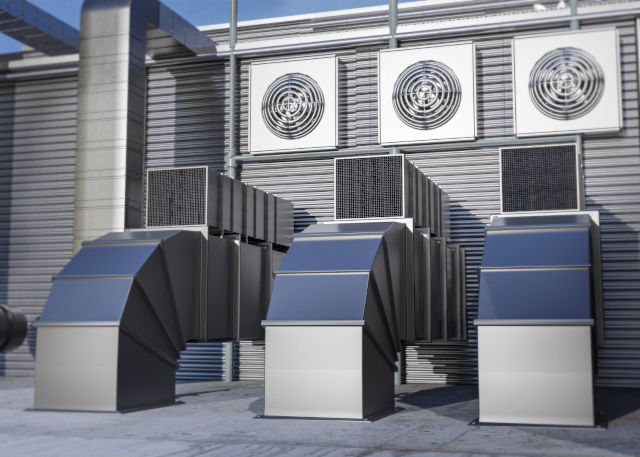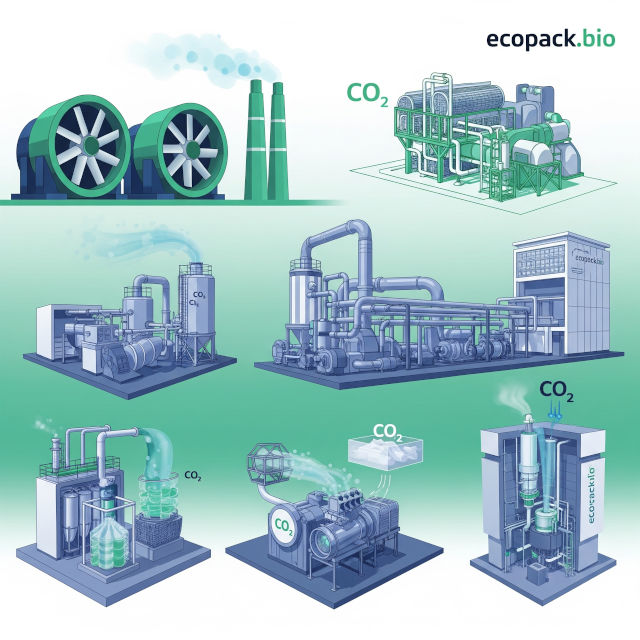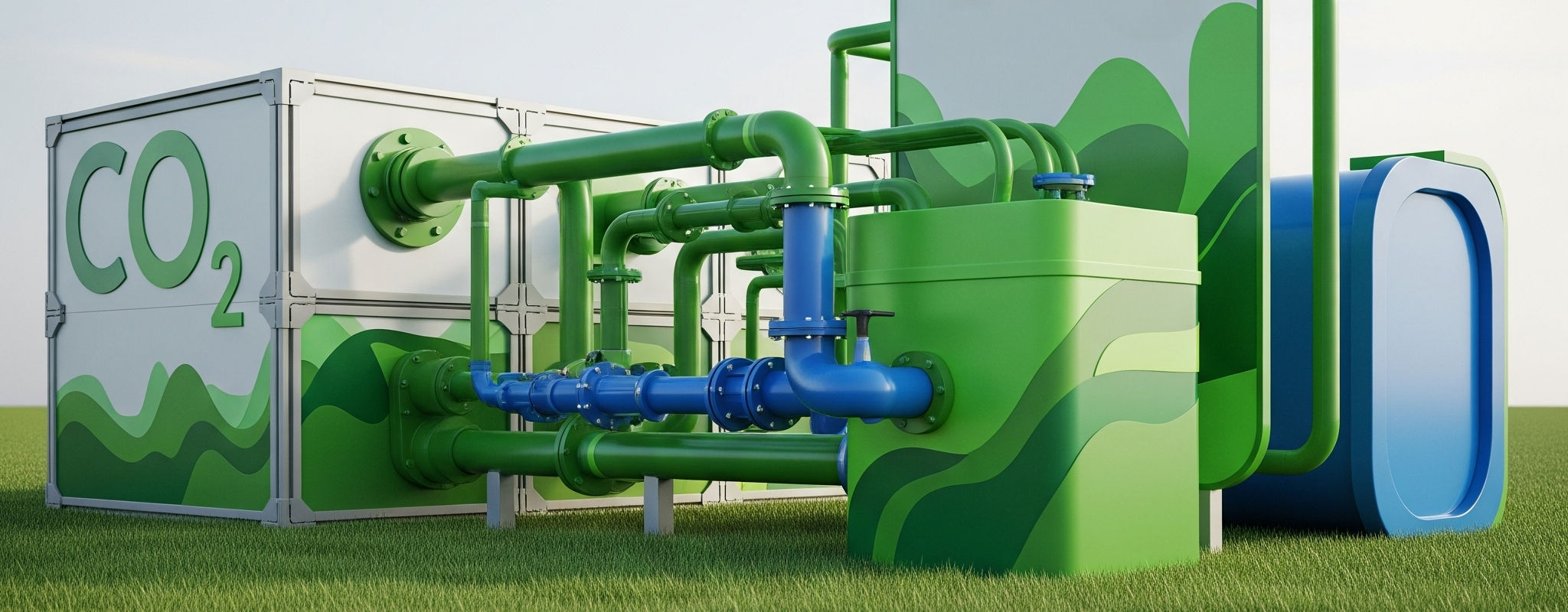Direct Air Capture (DAC) is a breakthrough climate technology that removes CO₂ directly from the atmosphere, rather than just reducing emissions. As costs fall and efficiency rises, DAC is moving from experimental to essential—especially for sectors with hard-to-abate emissions like aviation, shipping, and heavy industry.
With the growing concern about climate change, capturing CO₂ has emerged as a pivotal topic in global discussions. This innovative method, known as Direct Air Capture (DAC), involves extracting carbon dioxide directly from the atmosphere. Utilizing advanced technologies and eco-friendly materials available in the Netherlands, this process holds promise in helping reduce our carbon footprint.

How Does Direct Air Capture (DAC) Work?
The fundamentals of DAC lie in its ability to capture low concentrations of CO₂ from the ambient air. Using fans, the air is drawn over a chemical solution or solid sorbents that selectively react with and bind CO₂. Several facilities incorporate affordable carbon capture methods by employing cheap sorbents for CO₂ capture, ensuring cost-effectiveness.
So, two main approaches are used:
- Liquid Solvents (e.g., potassium hydroxide):
Air is bubbled through a liquid that reacts with CO₂ to form a carbonate. - Solid Sorbents (e.g., amine-based filters):
CO₂ sticks to a solid material and is later released using heat or vacuum.
Once captured, the CO₂ is either:
- Compressed and stored underground in geological formations (permanent storage),
- Reused in making fuels, building materials, or carbonated products.

Affordable Carbon Capture Methods
Modern DAC systems can capture 50–90% of the CO₂ that passes through, depending on the technology and conditions. However, the process is energy-intensive: 1 to 2 MWh of electricity or heat per ton of CO₂ is typical. Using renewable energy or waste heat significantly improves the carbon balance. Breakthroughs in material science and modular design are driving costs down from over $600/ton to $200–300/ton, with some pilots aiming for $100/ton by 2030. Economic feasibility is central to the widespread adoption of DAC. The production of eco-friendly packaging in the Netherlands, such as biodegradable bags, is increasingly reliant on sustainable practices like carbon capture. Developing efficient and cheap sorbents for CO₂ capture fosters a win-win scenario for both the environment and businesses, particularly those looking to buy wholesale bags in the Netherlands.
Biochar vs Direct Air Capture (DAC)
Biochar, an ancient method of sequestering carbon, is often compared to DAC. While biochar involves turning biomass into charcoal, preventing it from decomposing and releasing CO₂, DAC offers a modern edge by actively removing CO₂ from the atmosphere. In customized paper bags enterprises in the Netherlands, both methods are employed to balance carbon outputs and optimize eco-friendly initiatives.
Sustainability in Packaging
Even aggressive decarbonization leaves residual emissions. But DAC:
- Removes legacy CO₂ from the atmosphere,
- Enables net-negative emissions when combined with storage,
- Supports carbon-neutral products and compliance markets.
Whether it is businesses looking to buy paper tableware in wholesale or those involved in customised paper bags in the Netherlands, the integration of DAC reinforces sustainable practices. As carbon capture technologies advance, the production of biobags made from natural starch is foreseen as a viable option for reducing ecological impacts in biodegradable packaging for business.
Conclusion
Direct Air Capture (DAC) represents a fascinating convergence of science and sustainability, offering a pathway to mitigate climate change. By embracing green technologies in the Netherlands, companies enhance not only their products but also their commitment to environmental stewardship. At Ecopack.bio, we follow DAC closely because a truly sustainable future requires not only eco-packaging but also deep carbon solutions.
Join the Movement for a Sustainable Future!
#CarbonCapture #DirectAirCapture #ClimateTech #CarbonRemoval #NetZero #CO2Storage #CleanTechnology #SustainableFuture #CarbonNeutral #GreenInnovation





